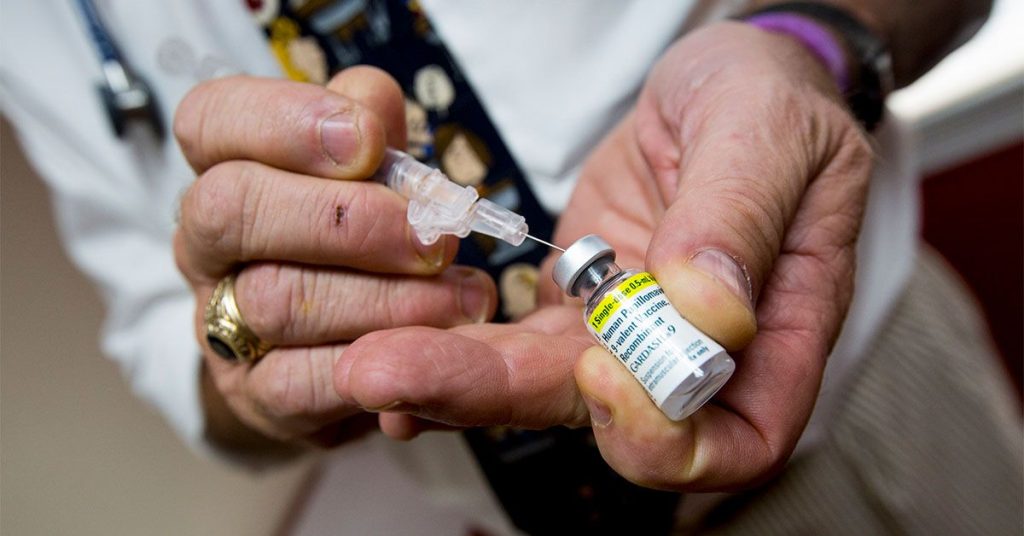A recent analysis suggests that the HPV vaccine may be more effective in males than in females, challenging the misconception that HPV only affects females. HPV has been linked to various cancers in both sexes, with cervical cancer being the most common type of female cancer associated with the virus. Despite the risks of HPV-related cancers in both males and females, vaccination rates remain low, with girls more likely to be vaccinated than boys. In the United States, almost everyone will be infected with HPV at some point in their lifetime, leading to around 36,000 cases of HPV-related cancer each year.
New research presented at the American Society of Clinical Oncology’s annual meeting reveals that HPV vaccinations have the potential to reduce the risk of HPV-related cancers by 56% in males and 36% in females. The study compared vaccinated individuals to a similar group who had not been vaccinated, finding significantly lower rates of HPV-related cancers among those who received the vaccine. The HPV vaccine can prevent over 90% of HPV-related cancers, yet in 2022, only about 38.6% of young people in the U.S. had received at least one of the two recommended doses.
HPV is linked to various cancers in both males and females, with females at risk of cervical, vaginal, and vulvar cancers, and males at risk of penile, anal, and anal canal cancers. The HPV vaccine can prevent over 90% of vaginal, cervical, and vulvar pre-cancers, which are precursors to cancer. It is recommended that children receive two doses of the HPV vaccine starting at ages 11 to 12, with a third dose required for those who are not vaccinated before they turn 15.
Awareness and vaccine uptake among men have been historically low, with some parents mistakenly assuming that the vaccine is primarily for girls. There may be biases and misconceptions contributing to the stigma around HPV vaccination for males, such as believing that vaccinating sons is only to protect their potential female partners. Demographics also play a role in vaccination rates, with disparities seen among different racial and ethnic groups, socioeconomic status, insurance coverage, and geographic location impacting who receives the HPV vaccine.
Overall, the HPV vaccine has shown promising results in reducing the risk of HPV-related cancers in both males and females. However, misconceptions about HPV, low awareness, and disparities in vaccine uptake pose challenges to increasing vaccination rates, especially among males. Addressing these barriers through education, improved communication practices, and increased access to the vaccine could help prevent thousands of cases of HPV-related cancers each year. The importance of early vaccination, before any exposure to HPV, is crucial in protecting individuals from the virus and its associated health risks.













